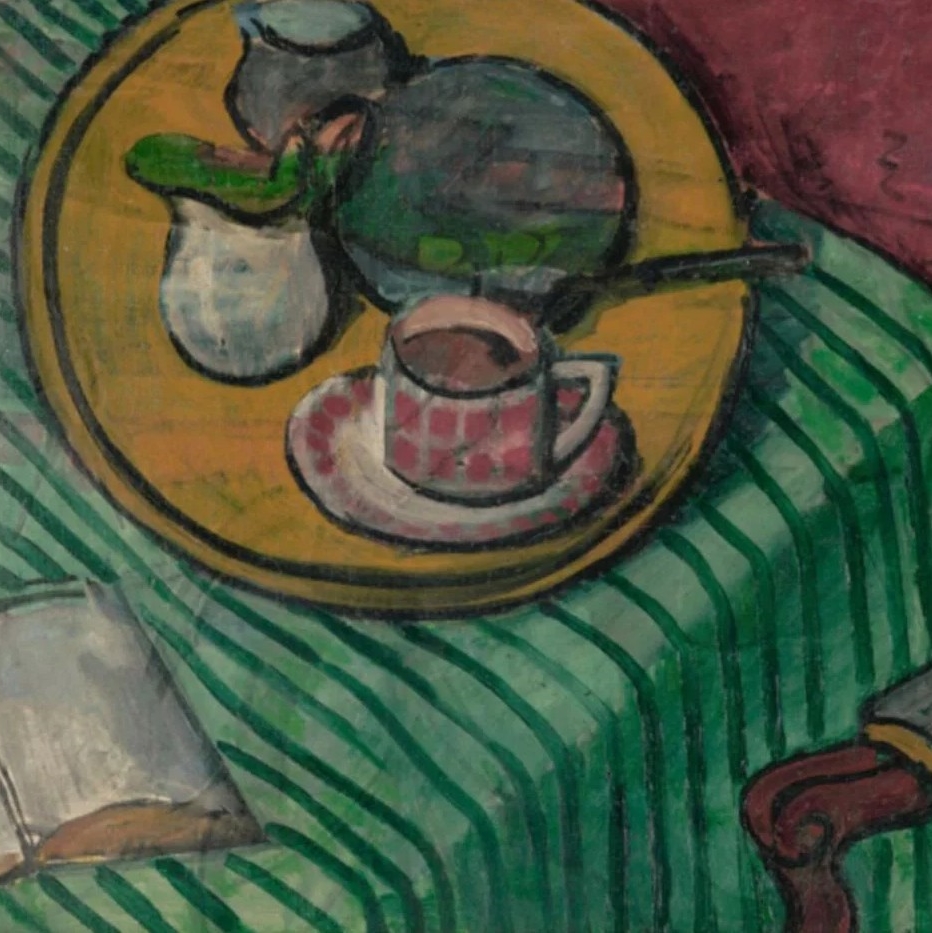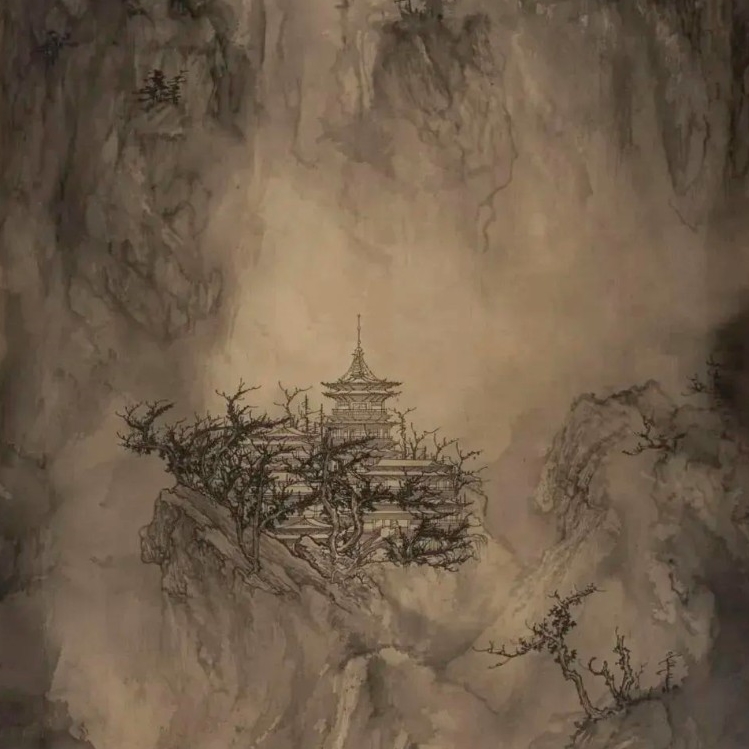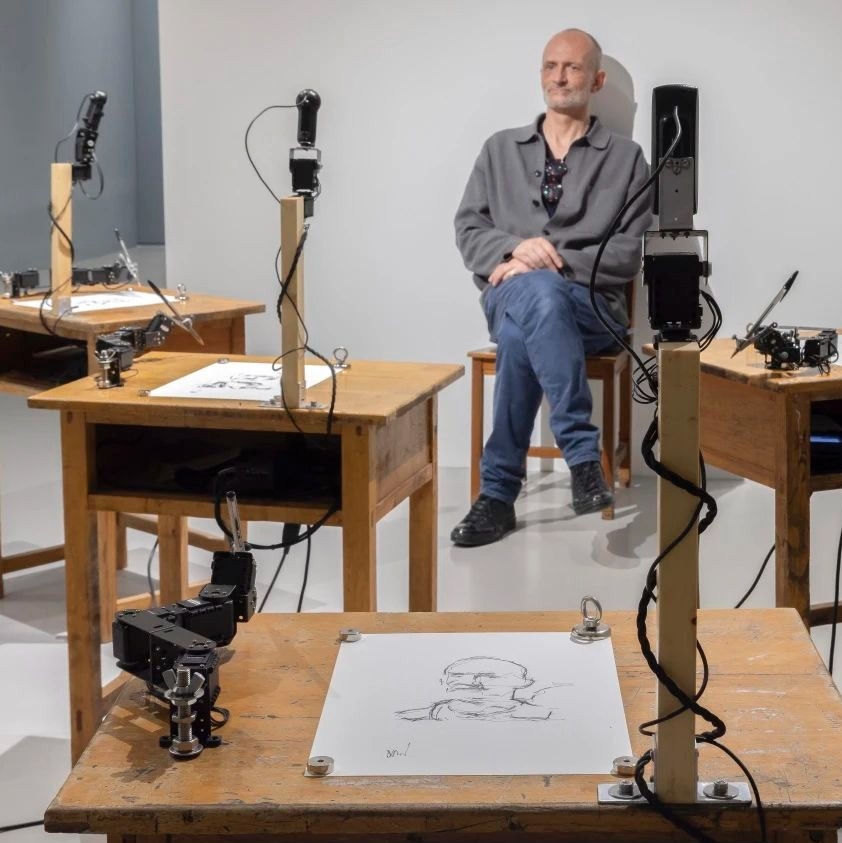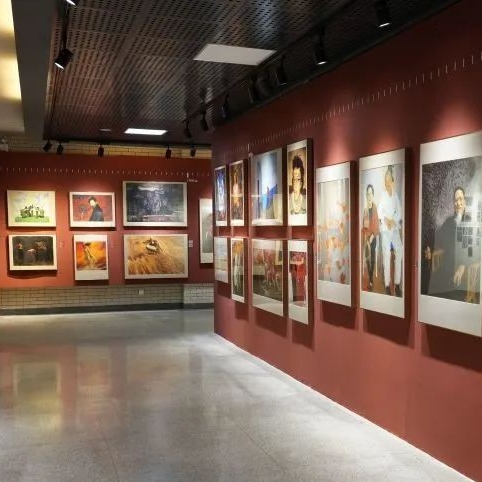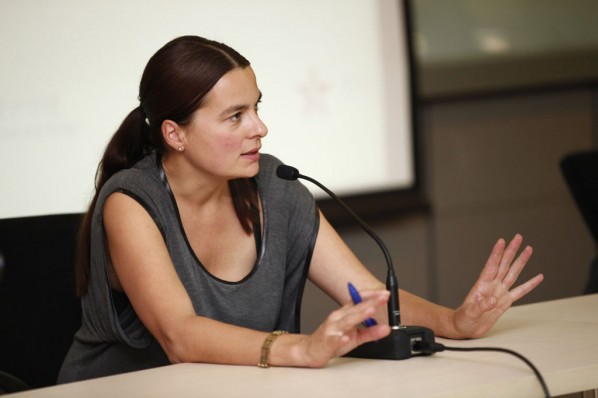
Rut Blees Luxemberg, Department of Photography, RCA
Rut Blees Luxemburg is a German photographer from RCA. She is well known for her investigations into the urban landscape. Through her work she explores how the cityscape both reflects and affects the human condition. Luxemburg takes photographs at night on the edge of the centre of the city, long exposures allow her to use the light emanating from the street only – from office blocks and street lights. She has been nominated for the Discovery Award 2011 at the Recontres d’ Arles.
Speak Stones- the photographic articulation of the City
This is a lecture she has made at the “Yingxiang Today”–the Fifth Annual Conference of CCVA successfully held in Beijing. Courtesy of Rut Blees Luxemburg and all rights reserved.
1. Kreidefelsen auf Ruegen/Chalk Cliff on Ruegen, Caspar David Friedrich (1774-1840)
- cliff / abyss / abgrund – Danger and the connection to Look
- DARING to Look
- Hoelderlin, German poet and contemporary of Friedrich (1770-1843)
Writes about the ABGRUND
Wo aber Gefahr ist, waechst das Rettende auch (Patmos)
Where Danger threatens, grows also that which will SAVE
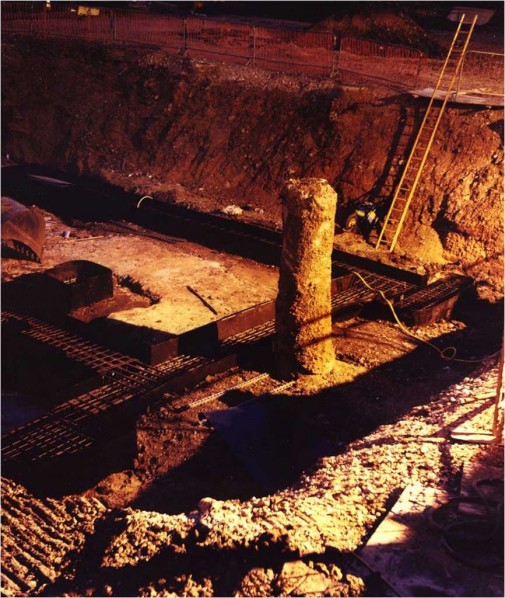
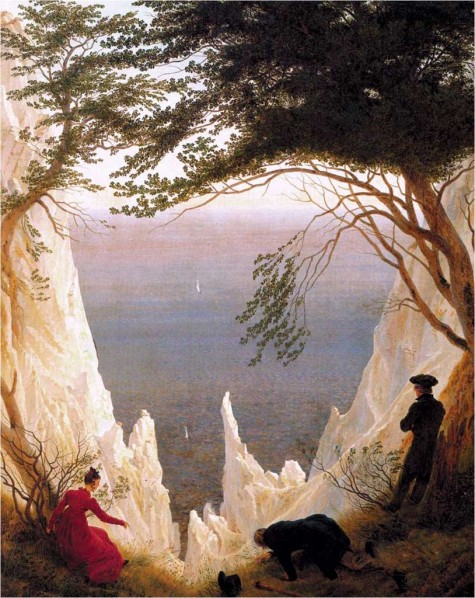
2. Vertiginous Exhilaration
- 16th floor from a social housing high-rise in East London
- bringing the vertiginous, de-stabilising gaze to the city
- pleasure in the free-fall, which is not a suicidal gaze
- Gilles Deleuze, French philosopher talks about the : “limitless Vertigo, great dimensions, depths and distances which the observer cannot dominate .. the privileged point of view has no more existence than does the object held in common by all points of view. There is no possible hierarchy.“ (in: Sexuality and Space)
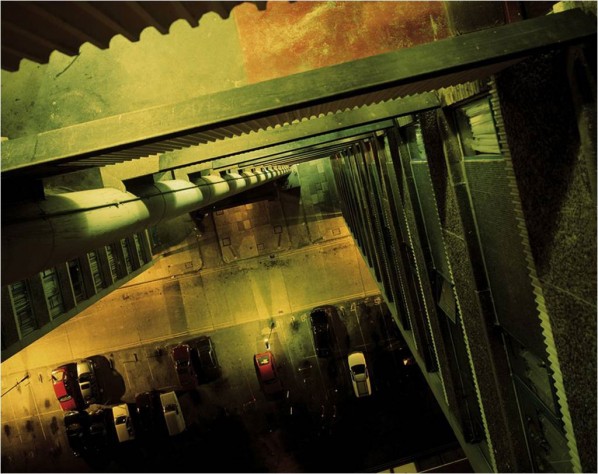
3. Towering Inferno
- The tall high-rise in the East-end of London is a glowing hive of activity. This architectural form, rashly rejected as the brutalist failure of a social utopia in Britain, became the focus of my early works, as it provides a vantage point to vision the city and to address the modern project and its ambitions.
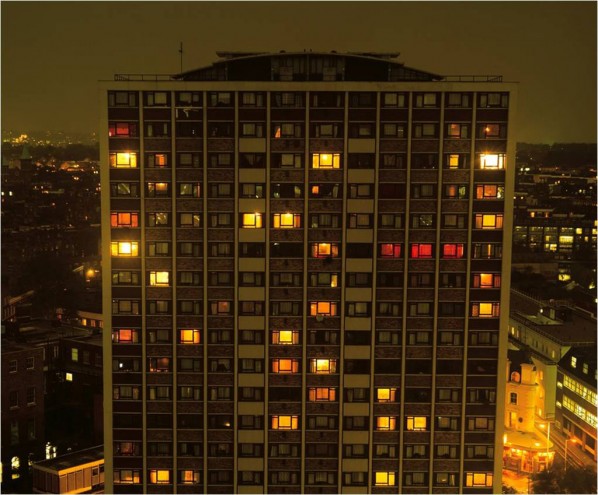
4. Caliban Towers I.
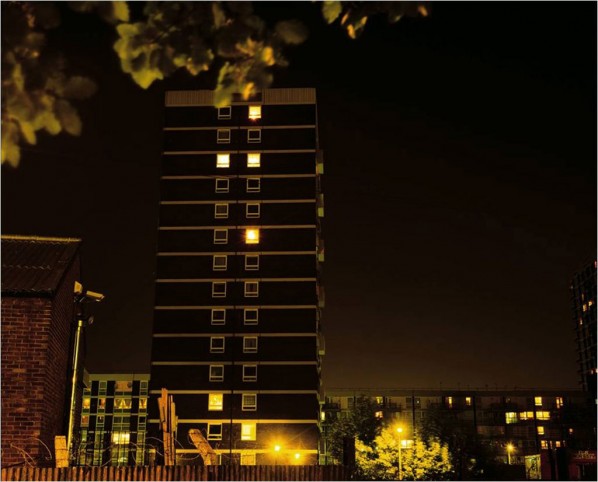
5. Caliban Towers II. – Caliban, The Tempest, Shakespeare,
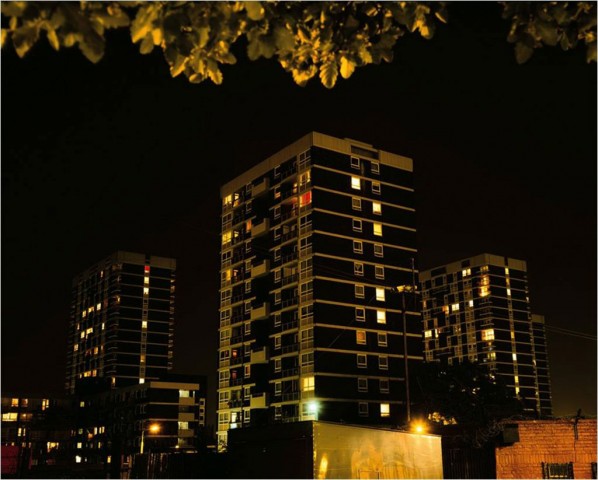
6. Installation Shot, Caliban Towers London
7. Liebeslied/Love Song
The philosopher Hannah Arendt argues, in ‘The Human Condition’ that the crucial characteristic of city life, is that it in the city were humankind gathers to exchange their humanity. Citing the Greek polis, she proposes: “walls were like laws, which surrounded a city. The physical dimension of things in a city acted as a setting for the social action, which constitutes urban existence.”
- text / communication / erasure = stain
- stain remembers an absent writer and poeticises the city as a space for contingencies

8. In Deeper
- The steps leading to the river Thames in London are visible twice a day when the tides, that govern the flow of the river, reveal them. The traces of footsteps deep in the mud go close to the edge and then return, hence it is not the image of a suicide. The river and its tidal laws affirm the presence of nature in the city. The work's title is taken from Roland Barthes's proclamation 'To get out, go in deeper'. The work comments on the nature of photography and its potential to make visible and to bring to the light that which is concealed or overlooked.

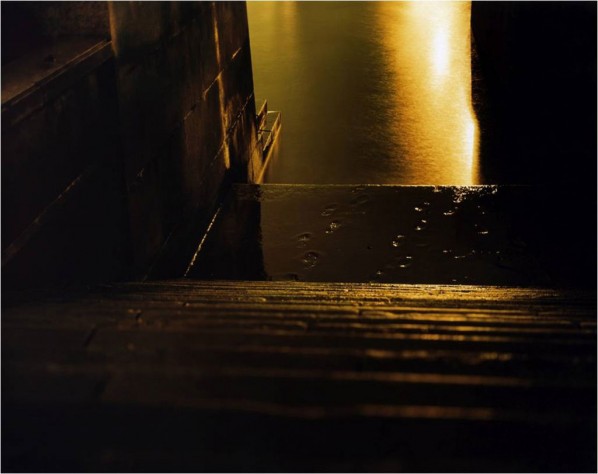
9. Moist Sheets
- The reflection creates a double vertigo of depth and height
illusion of depth, inviting the pleasure of abandonment – yet halted by the focus on those leaves, which mediate between the spaces, piercing with their reality and their nature
The reflection of the tree in the puddle suggests a unity of the above and below (heaven and earth) and the leaves interrupt with their fragile yet real relationship to time as in growth and process
the puddle as a stain or a visible incontinence – ignoring the conceptual rigidity of the contemporary city planning
Holderlin muses: how does the divine come to us, through he liquid/fluid, the water from the heavens.
The nocturnal allows an autonomy of the image, - the photograph is no longer a document of a specific topographical space in London, but offers an entry point into the psyche of the city.
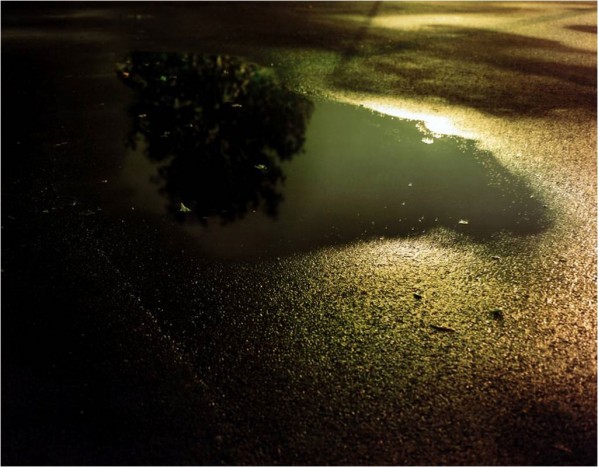
9. Viewing the Open
The Open – (the illuminated, the open air)
But could The Open not also be read as the public space? That which is outside and open to all?
This bombside in London, bombed by the Germans in the 2nd WW, this place an Abgrund = abyss, the pit, the blackest depths
For Hölderlin the Abgrund is the place where there are still traces of the presence of the Gods. The Abgrund is the “allesmerkender” (all remembering) Hölderlin believes that the singing of the Lied can help to remember the traces of the disappeared Gods.
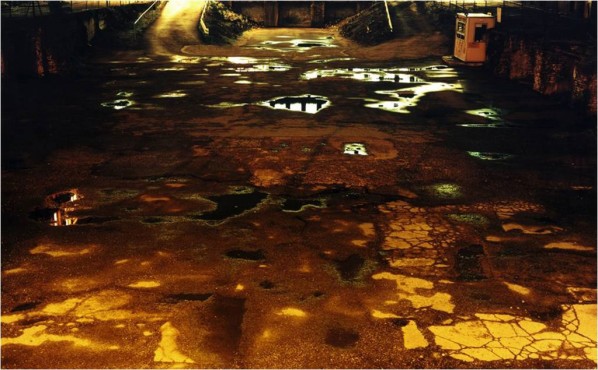
10. Narrow Stage
- place of confinement, creative place, transgressive work(de Sade, Genet)

11. Iconoclasm / Stations: Faith in Infrastructure
forms a study of the erosion – and the tenacity – of systems and idols, hinting at the latent conditions in which new ones might emerge.
Bildersturm – violence against the image.
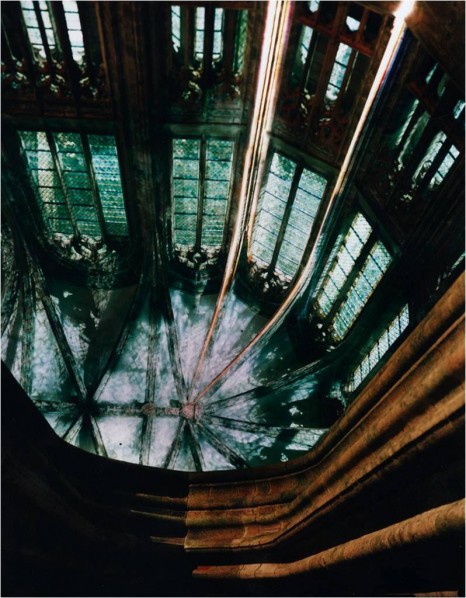
12. Normandy Iconoclasm
- A statue of a saint has been de-capitated. Something always lingers after apparent destruction, something awaiting invention and reconstitution.
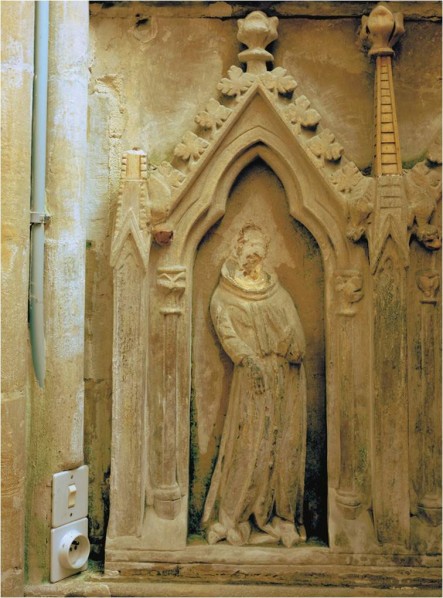
13. Abattoir
the gates of an abattoir at night: a stone bull’s head keeps watch over his brothers as they are ushered to their slaughter. The statue evokes the biblical Golden Calf, which became the first victim of Mosaic Iconoclasm. The Symbol of the Bull represents now a fervent economy, a bull economy!
14. The Font
The large still life FONT is of a shallow wooden tub in a harbour, filled with stagnant water and empty bottles.
long-forgotten remains of a gargantuan party. But perhaps this fetid cesspool though is at the same time a fertile primordial soup, which might turn out to be the birthing-pool of a new iconography.
- In The Uses of Disorder, Richard Sennett argues that “the modern social use of technology has been to provide men with a coherent image of order … this image of technology ignores its true and humane social use, a use that makes practicable the system of social disorganization men need in order to become adults.”
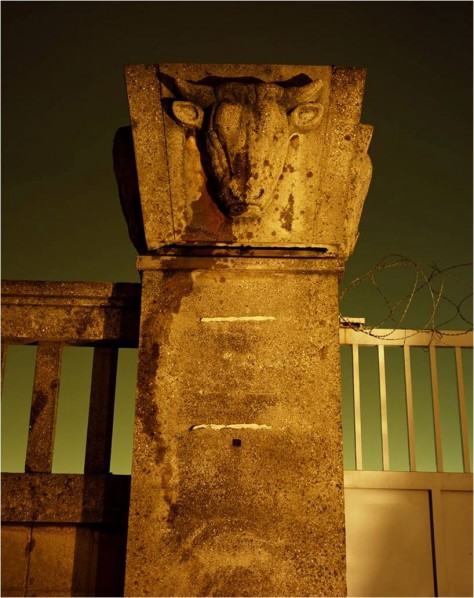
15. Piccadilly’s Peccadilloes, Oakwood
- Commonsensual, Entrypoint
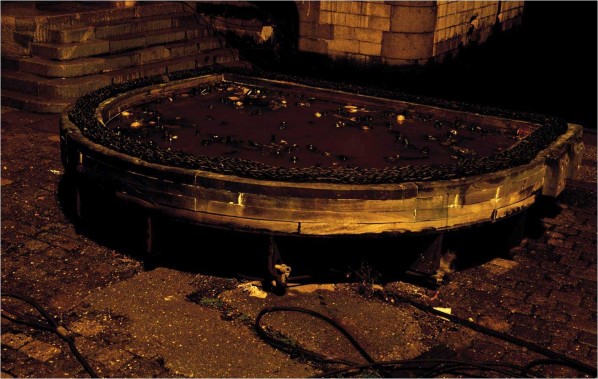
16. Eastcote
17. Cockfosters
18. Installation shots PP
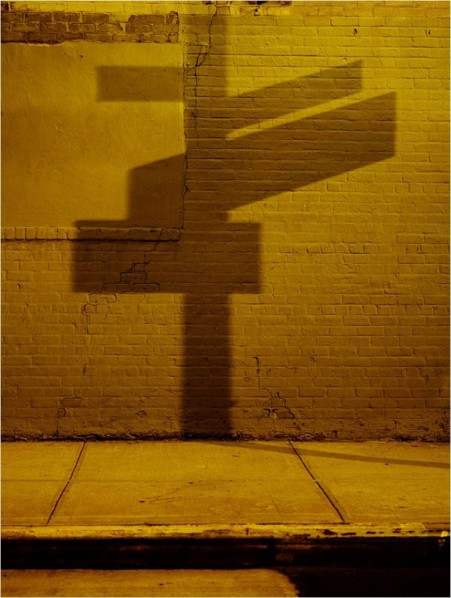
19. Black Sunrise – Walt Whitman
Poet wrote of the common landscapes of America and New York, its inhabitants and himself , his body and desires. ‘I sing the body electric’
The poet receives and transmits.
Whitman uses the phrase in “Black Sunrise” in SONG OF MYSELF , a poem that tells of the massacre at Alamo (Mexican/Texan conflict 1836)
At eleven o'clock began the burning of the bodies;
And that is the tale of the murder of the four hundred and twelve young men,
And that was a jetblack sunrise.
Whitman, the poet absorbs and internalizes the world’s phenomena,
Snake
Allegory of Empire and Power
20. Corona
-Corona park – in Flushing – Queens. These empty vessels are the left over of a gathering – a public meeting – the beginning of structure, a constellation.
Lucid - ludic
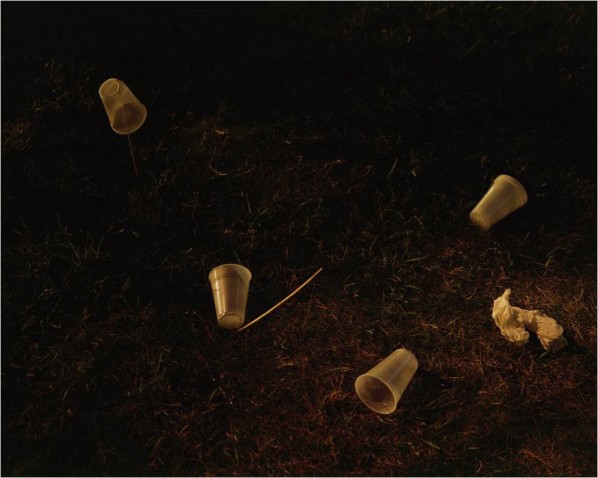
21. Time Now / Location Here
Ingeborg Bachman


